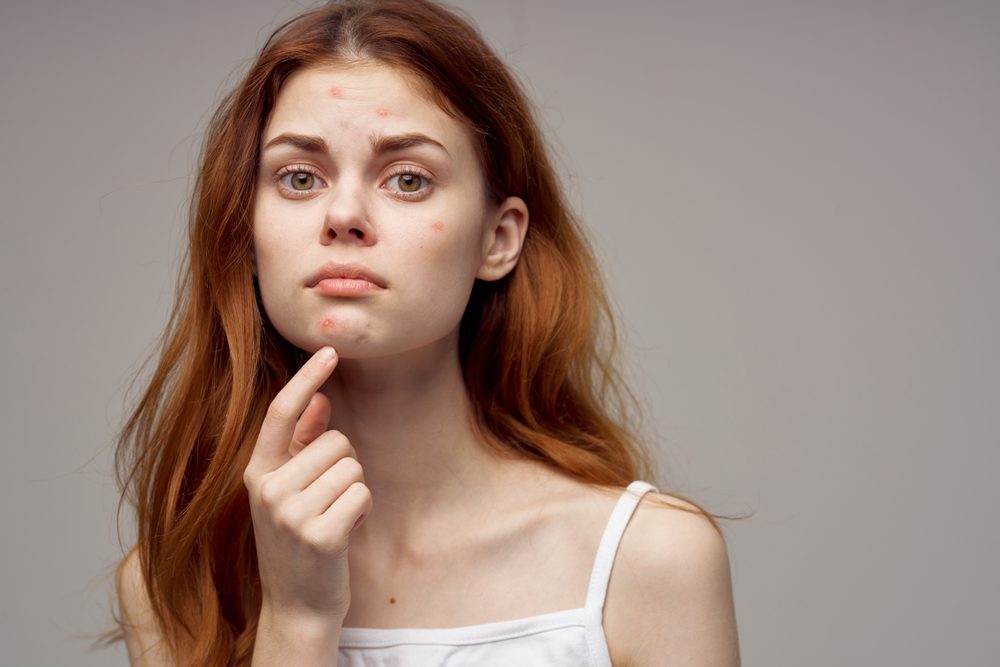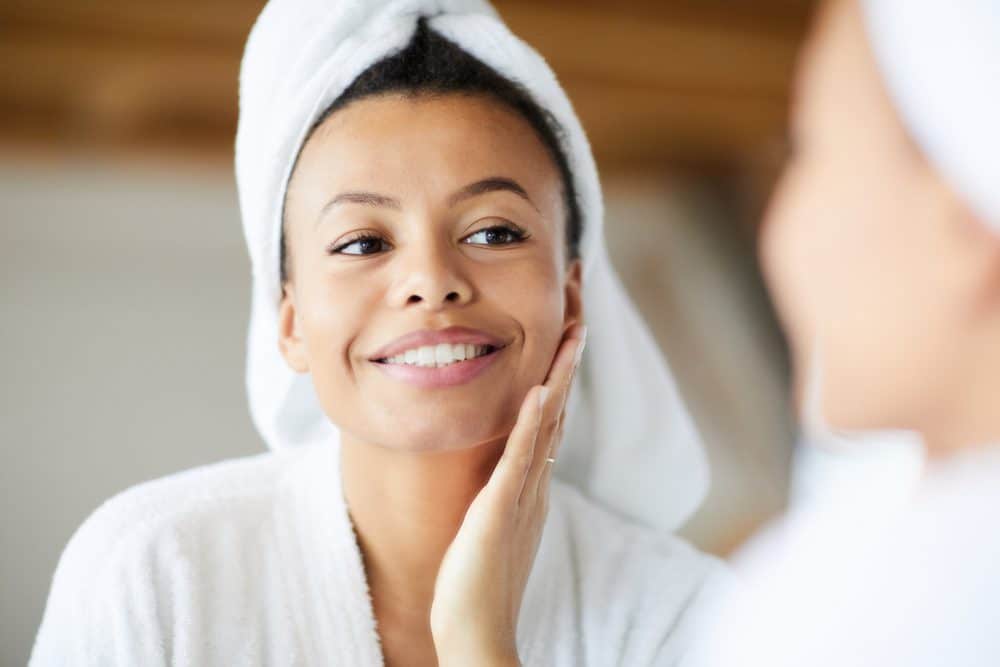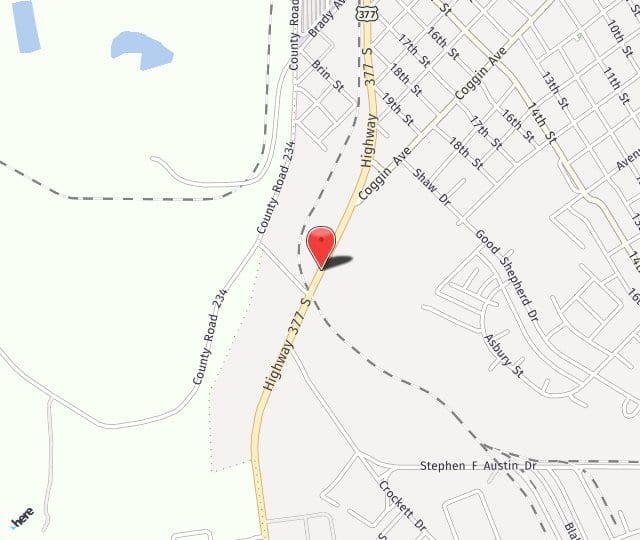Photofacials Brownwood, TX
what are photofacials and photodynamic therapy?
Photodynamic Therapy, often called Photofacials, is a process by which a topical medication/sensitizer (Levulan) is applied to your skin that is activated by a specific wavelength of light (IPL or Blue Light). Levulan is a 20% solution of Aminolevulinic Acid (ALA). ALA is a “natural” product found in humans throughout the body. It is a precursor for hemoglobin synthesis (ability to make red blood cells and carry oxygen).
ALA (Levulan) concentrates in pilo-sebacous units that lead to sebaceous gland shrinkage and decreased sebum production for up to 12 months or longer. It is a series of treatments (2-3) and are spaced out (2-3) weeks apart. It is a lesser expensive alternative to Accutane and achieves the same results without the same side effects or expense. There are no contraindications for other maintenance types of treatments after the initial treatments and patients can acquire additional acne therapies if needed.
The causes of acne

Some people seem to be more prone to acne development, and this may have a genetic component. For adult women, hormone fluctuations during pregnancy or when taking certain birth control pills can cause acne breakouts, although these are usually localized rather than widespread. Acne can be a side effect of some medications. There is even a different form of acne, known as acne mechanica, that comes from the friction and heat generated from sports helmets.
How is photodynamic therapy different from other light therapy treatments?
Photofacials requires three components:
- A photosensitizer
- A light source
- Oxygen
The use of photosensitizers distinguishes photodynamic therapy from other treatments such as intense pulsed light. At Creative Image, we use Levulan as our photosensitizer. Once we have applied the Levulan, we usually apply blue light as the activation light, although we can also use IPL or red light in some cases. Combined with the photosensitizer and the presence of oxygen, the light helps destroy the acnes bacteria causing inflammation in the base of the sebaceous glands.
By adding the photosensitizer, PDT adds another level of attack on the unwanted bacteria.
What are the advantages of IPL PHOTOFACIALS?
IPL or Photodynamic therapy at Creative Image offers certain advantages over other acne therapies.
- It kills acne-causing bacteria
- It affects only the targeted cells
- It reduces the size and activity of sebaceous glands
- It helps to fade old acne scars
- It does not cause any scarring
- It can treat other skin conditions, such as rosacea and age spots, when treating acne
- It can be used with other acne medications except for isotretinoin (Accutane)
- It does not involve the use of antibiotics or oral retinoids
What are the disadvantages to IPL photodynamic therapy?
These treatments involve some discomfort as the Levulan on the skin reacts with the light energy. There can be some mild crusting and peeling, as well. For most patients, their skin will be red for a few days after their Photofacial session. This isn’t a good treatment for patients with skin prone to hyperpigmentation.
Potential risks of IPL and photofacials
There are some side effects with these acne treatments. Most of these occur within the first 48 hours after the photodynamic therapy session and subside after a week. Side effects include:
- Mild to moderate pain
- Peeling skin
- Skin redness
- Skin crusting
- Tightness
- Swelling
- Itching
- Acne flare-up (this is temporary)
the ipl photofacial process
Before applying the ALA, the patient has a microdermabrasion and an acetone facial wash to allow better medication penetration. After ALA application, the patient remains in a dark room for 30 minutes to two hours while the medication is absorbed. After this induction time the medication is activated with exposure to blue light (wavelength 415nm). Depending on the condition being treated, other lights such as intense pulsed light or red light can be used to activate the ALA. Photodynamic therapy has been shown to be one of the most effective acne treatments currently available with acne clearance over 85%.
Patient Testimonials
“The staff is excellent and sees to your every comfort during any procedure. I’m seeing amazing results and especially appreciate all my questions being answered at any time before and after a treatment!”
safe and fast recovery

What will my skin be like after a Photofacial?
After treatment, your skin will be extremely sensitive. Patients must stay indoors and out of the sun for 48 hours following their treatment. Any sun exposure can create the risk of severe sun burns. Sunscreen will not provide protection during these two days.
How much improvement with my acne will I see with Photofacials?
Photodynamic therapy tends to be more effective for inflammatory acne. Research has found that participants experienced a 68 percent decrease in their inflammatory acne lesions 12 weeks after photodynamic therapy. As with all acne treatments, results can vary between patients, but at Creative Image, we’ve found PDT effective for more severe cases of acne.
How many Photofacials you may need
The severity of your acne dictates how many sessions could be needed to bring it under control. At Creative Image Laser Solutions, we’ve found that anywhere between two and five sessions are necessary. These are spaced from 2 to 4 weeks apart. You will see improvement after just a single session, but results tend to continue to improve with one or more additional Photofacial sessions.
Schedule a consultation in Brownwood, TX
Interested in improving your skin with our new secret at Creative Image Laser Solutions? Call us and ask about Secret RF, (325) 641-1927.


